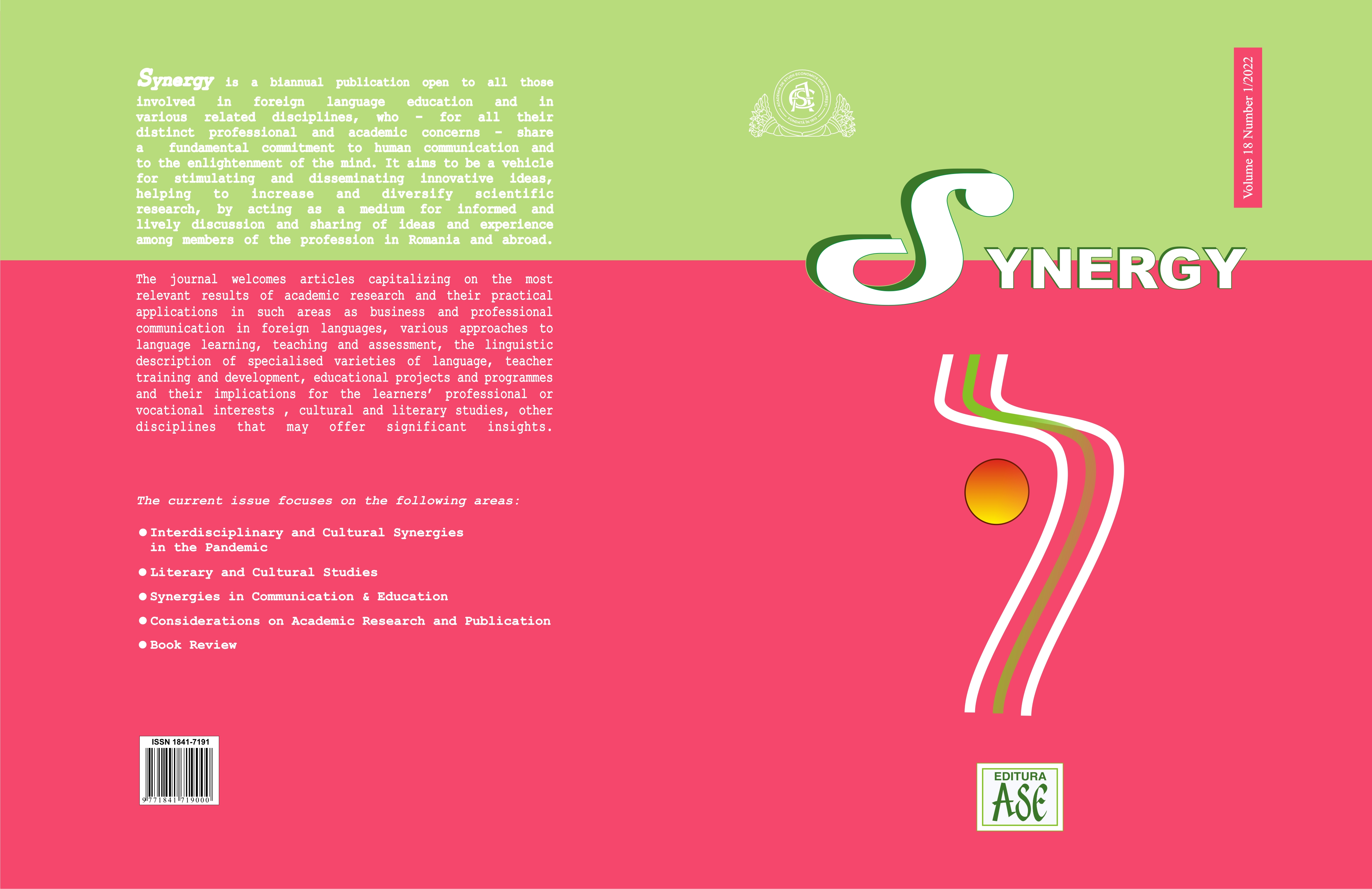KAZUO ISHIGURO’S NOVEL NEVER LET ME GO: INTERMEDIAL DYNAMIC BETWEEN LITERATURE AND CINEMA
KAZUO ISHIGURO’S NOVEL NEVER LET ME GO: INTERMEDIAL DYNAMIC BETWEEN LITERATURE AND CINEMA
Author(s): Yaryna OprisnykSubject(s): Novel, Film / Cinema / Cinematography, Philology, British Literature
Published by: EDITURA ASE
Keywords: intermediality; literary cinematographicness; audio-visuality; montage; flashbacks; shot; Kazuo Ishiguro;
Summary/Abstract: The article aims at investigating the phenomenon of intermediality in 2005 novel Never Let Me Go by the British writer Kazuo Ishiguro, whose Japanese origin adds to the inherently laconic, Eastern aesthetics of his writing. Of particular importance is the notion of “literary cinematographicness”, defined as the use of cinematic techniques (or filmic modes) in narrative fiction, thus producing the effect of multimodality. Analyzing Ishiguro’s novel, the article focuses on such elements of literary cinematographicness as the prevalent audio-visuality, the use of audio-visual special effects, different shots sizes and shifts in perspective, montage, frame shots, flashbacks, and flexible chronotope.
Journal: Synergy
- Issue Year: 18/2022
- Issue No: 1
- Page Range: 68-83
- Page Count: 16
- Language: English

